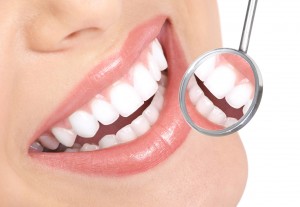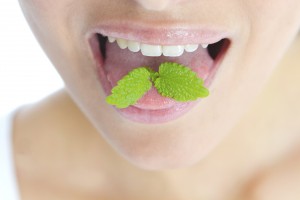 Getting teeth whitened in the dentist’s office is one way to improve your confidence and make you want to smile a lot more. However, getting treatment is just a start. It’s still important that you continue to look for ways to maintain your smile, or if possible, make it whiter and brighter.
Getting teeth whitened in the dentist’s office is one way to improve your confidence and make you want to smile a lot more. However, getting treatment is just a start. It’s still important that you continue to look for ways to maintain your smile, or if possible, make it whiter and brighter.
Listed below are four very useful tips for those who want to have a brighter and whiter smile.
- Use whitening toothpaste. Visits to the dentist are important not just to get treatment to have your teeth whitened, but also to remove the bacteria and plaque that have built up over time. Also, during dental visits, you may want to ask your dentist to recommend you a specific type of whitening toothpaste to use at home, as well as further instructions on how to use such whitening products.
- Chew gum and crunchy produce. Saliva is your mouth’s naturally means of cleaning bacteria and plaque. The more saliva you have, the cleaner your mouth will be and chewing gum has been known to increase saliva production. Although make sure that you chew gum that’s sugar-free and with Xylitol so you do not end up damaging your teeth by consuming too much sugar.
Speaking of consumption, munching on crunchy produce such as apples, carrots and celery can also help you keep your teeth bright and clean. Although such vegetables and fruits don’t necessarily whiten your teeth, they are naturally abrasive and help remove from your teeth the substances that can cause stains and discoloration.
- Take better care of your tooth enamel. Your smile may already be white, but it may not be as bright as you want it to be because of weak enamel. Although considered as the hardest substance in the human body, tooth enamel cannot repair itself if it breaks down. This means that if the tooth enamel has been affected by gum disease in the past, there’s no way to restore it. If it’s weak, it’s also much more susceptible to stains. As such, it is important that you take good care of your tooth enamel by providing it with necessary protection, such as by getting fluoride treatment at the dentist’s office and using a fluoride-toothpaste.
- Drink plenty of milk. Or pretty much any other dairy product you can think of. This is because dairy products are high in calcium, which helps keep your teeth white and bright. Also, aside from giving your teeth the calcium it needs to keep enamel strong, cheese can also help rid your teeth of food particles that can cause stains and discoloration.
Seeking professional treatment to have teeth whitened are certainly the best way to improve the appearance of one’s teeth. However, the effects of such treatment can only last for so long if you don’t take proper care of your teeth.
To help keep your teeth white and bright all the time, make sure that you follow the teeth whitening tips given above, practice good oral hygiene at home and of course, visit the dentist regularly for professional cleanings and checkups.
If you’d like to whiten your smile, contact Dr. George Kirtley at 317-841-1111 to schedule a consultation to help treat the underlying cause, or visit www.smilesbygeorge.com for information about Dr. George Kirtley and his practice.

 The enamel is the hard, protective shell that covers much of the surface of your teeth. It is strong and durable. It also happens to be your teeth’s natural, built-in defense system against various dental problems, such as cavities and tooth decay.
The enamel is the hard, protective shell that covers much of the surface of your teeth. It is strong and durable. It also happens to be your teeth’s natural, built-in defense system against various dental problems, such as cavities and tooth decay.




